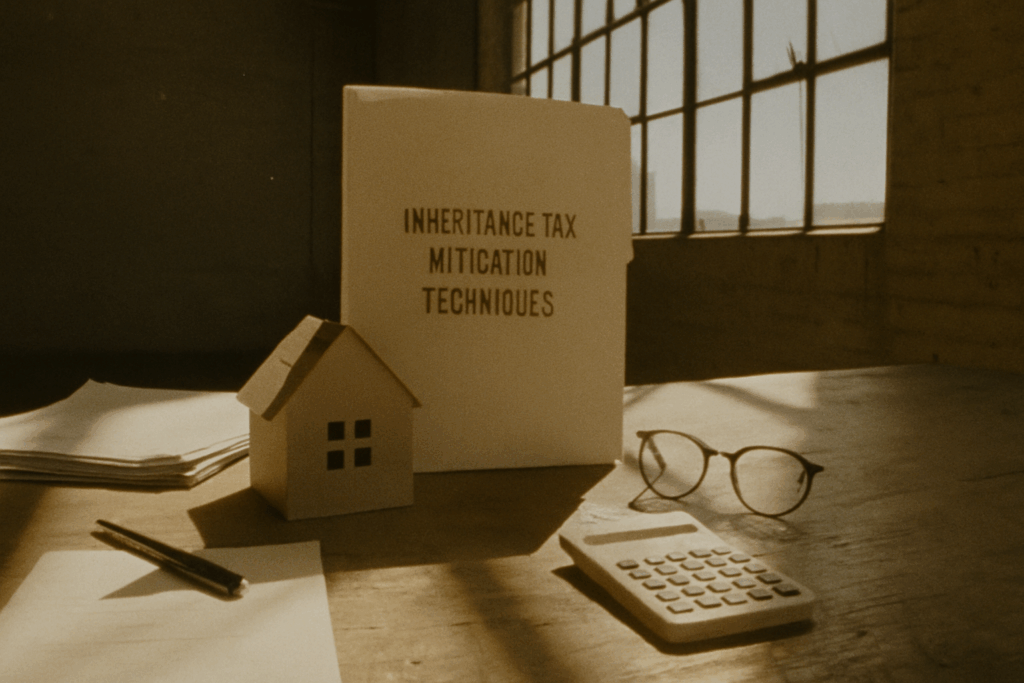What Is investment savings aggr8taxes?
At its core, investment savings aggr8taxes is about using targeted investment vehicles and savings strategies that aren’t just about returns—they’re about tax efficiency. It’s a mindset and method combo: invest wisely, save intentionally, and reduce taxable burdens by leveraging the right frameworks.
This approach folds in elements like:
Taxoptimized investment accounts (think Roth IRAs, HSAs, 529 plans) Timing your asset sales to minimize capital gains tax Taxloss harvesting Contributing to employermatched retirement accounts Strategizing charitable donations
The purpose? Build wealth while legally minimizing your tax liability.
Why TaxSavvy Investing Matters
Making money is just part of the financial equation. Keeping it is where the game gets interesting.
Here’s why you should care:
- Taxes eat returns. Capital gains, dividends, interest… Uncle Sam wants a cut.
- The bigger the portfolio, the bigger the tax risk. Growth without tax planning is a leaky bucket.
- Small wins compound. Saving even 12% annually in taxes adds up exponentially over decades.
Avoiding taxes legally isn’t about playing the system—it’s about understanding it. The current U.S. tax code rewards longterm thinking. That’s where investment savings strategies prove invaluable.
Practical Tools to TaxOptimize Your Savings
Let’s skip spreadsheets and go straight to action. Here are the tools anyone can use:
1. Max Out Your Retirement Accounts
401(k)/403(b): Contributions reduce taxable income now. Employer matches = free money. Roth IRA: Pay tax now, withdraw taxfree later—builds flexibility into your future. Traditional IRA: Similar to a 401(k), works well for those without employer plans.
2. Utilize an HSA (Health Savings Account)
Triple tax benefit: contributions pretax, grow taxfree, withdraw taxfree for medical expenses. One of the most underrated investment vehicles out there.
3. TaxLoss Harvesting
Got a loser sitting in your portfolio? Sell it, use the loss to offset gains elsewhere. Reinvest strategically. This can shave thousands off your annual tax bill.
4. Hold LongTerm When You Can
Shortterm capital gains are taxed like ordinary income. Longterm (held over a year)? Usually much lower. Just holding onto assets longer can give you a softer landing at tax time.
Smart Saving Tactics That Work Quietly
Investing gets a lot of attention, but saving with intention is just as crucial. Here’s how to do it right:
HighYield Savings Accounts: Park your emergency fund here—not in a minimal interest traditional bank. 529 Plans: Planning for a child’s education? Tax advantages here are significant. Automatic Contributions: Set it and forget it—consistency beats timing every time.
Tie these savings vehicles back to a bigger strategy: grow money smart, and buffer yourself from financial shocks—all while keeping more of what you earn.
Don’t Forget: Tax Codes Change
Nothing in tax planning is permanent. What works this year could lose value next year. Stay flexible. Subscribe to updates from the IRS or work with a taxaware financial advisor. Adjust your strategies annually.
investment savings aggr8taxes and Your Goals
Bottom line: this isn’t about “beating the IRS.” It’s about aligning your financial growth with the current rulebook. Whether your goal is early retirement, paying for kids’ tuition, or building a safety net, investment savings aggr8taxes offers a consolidated path to do it all while optimizing for taxes.
Smart financial planning isn’t loud. It doesn’t look flashy. But it builds power quietly, month after month, year after year. And you won’t see the results clearly until you’ve outpaced people who earned twice what you did—but lost too much of it to poor tax choices.
Final Thoughts
There’s no onesizefitsall approach. But smart investors don’t work harder than they have to—they use the tools the system gives them. That’s what makes investment savings aggr8taxes so compelling. It’s a discipline, a strategy, and a mindset shift all in one.
Audit your current financial setup. Find the leaks. Patch them with smarter investment and savings moves. And above all, stop leaving tax efficiency on the table. You’re building wealth anyway—might as well keep more of it.





